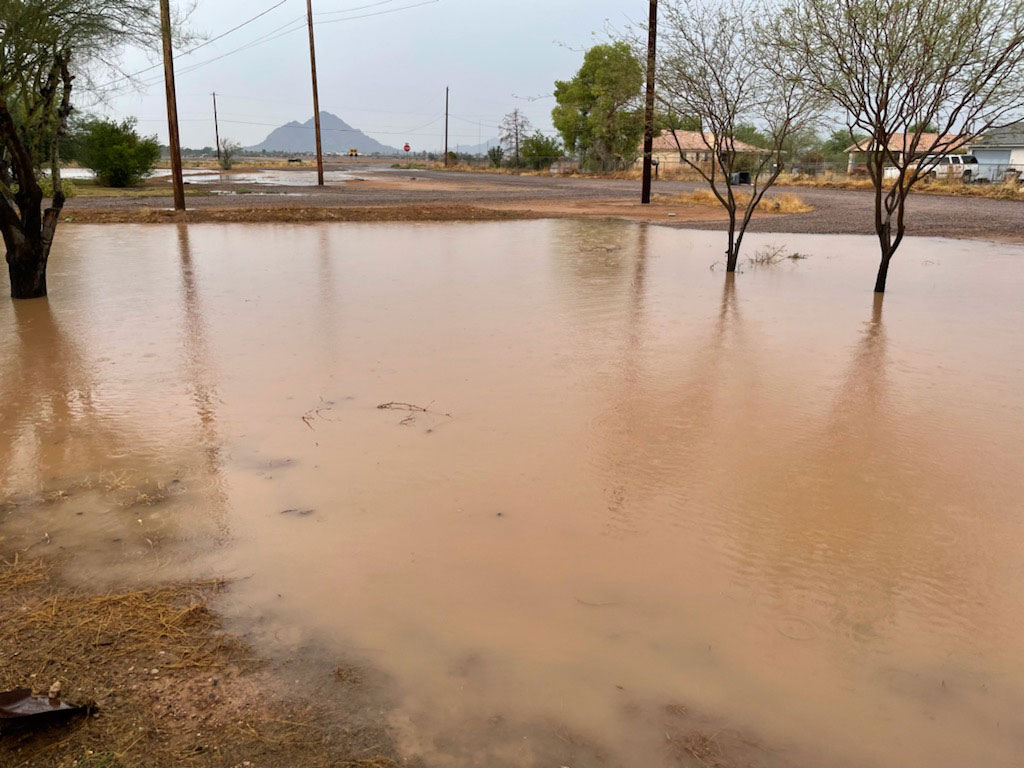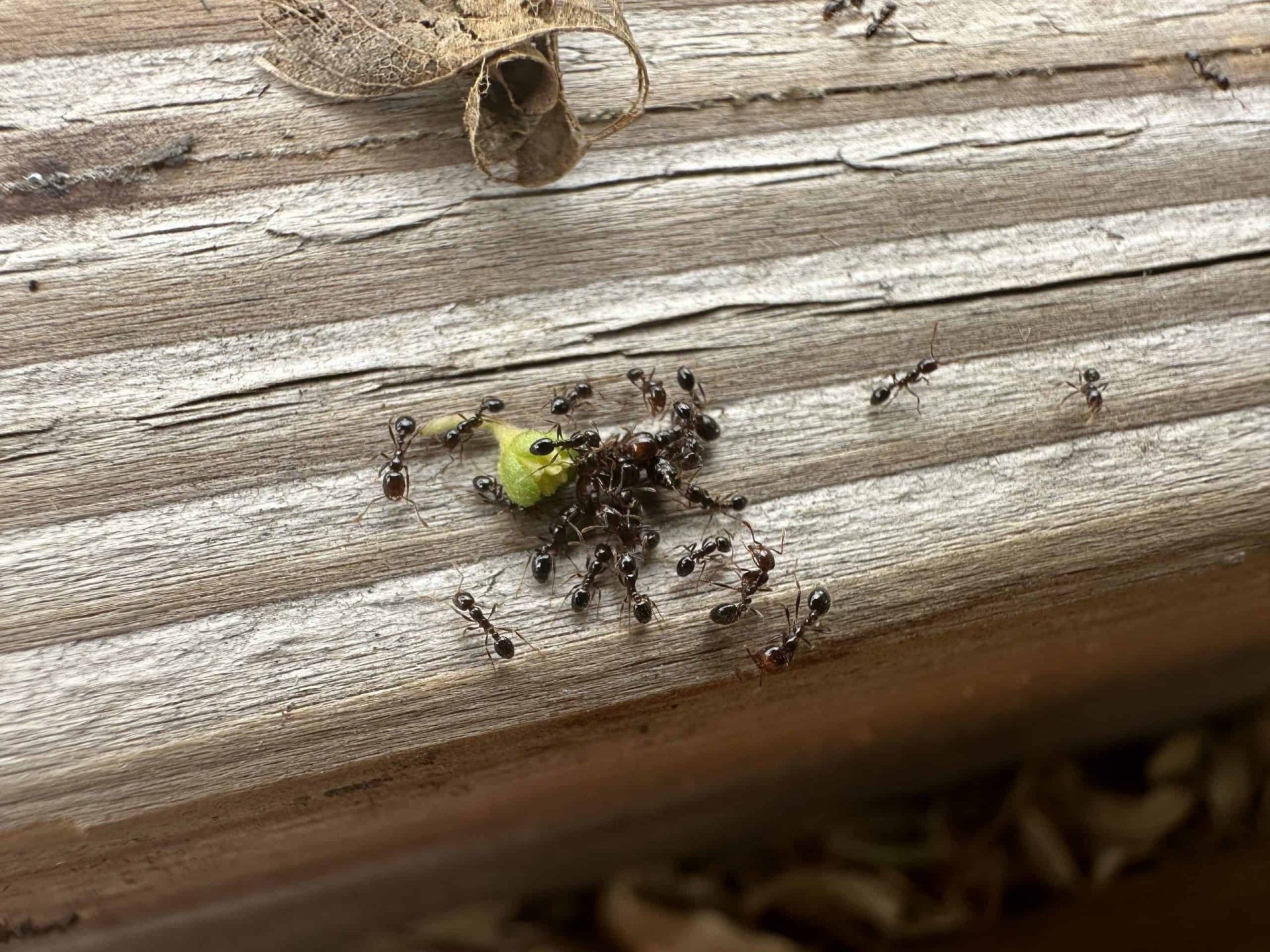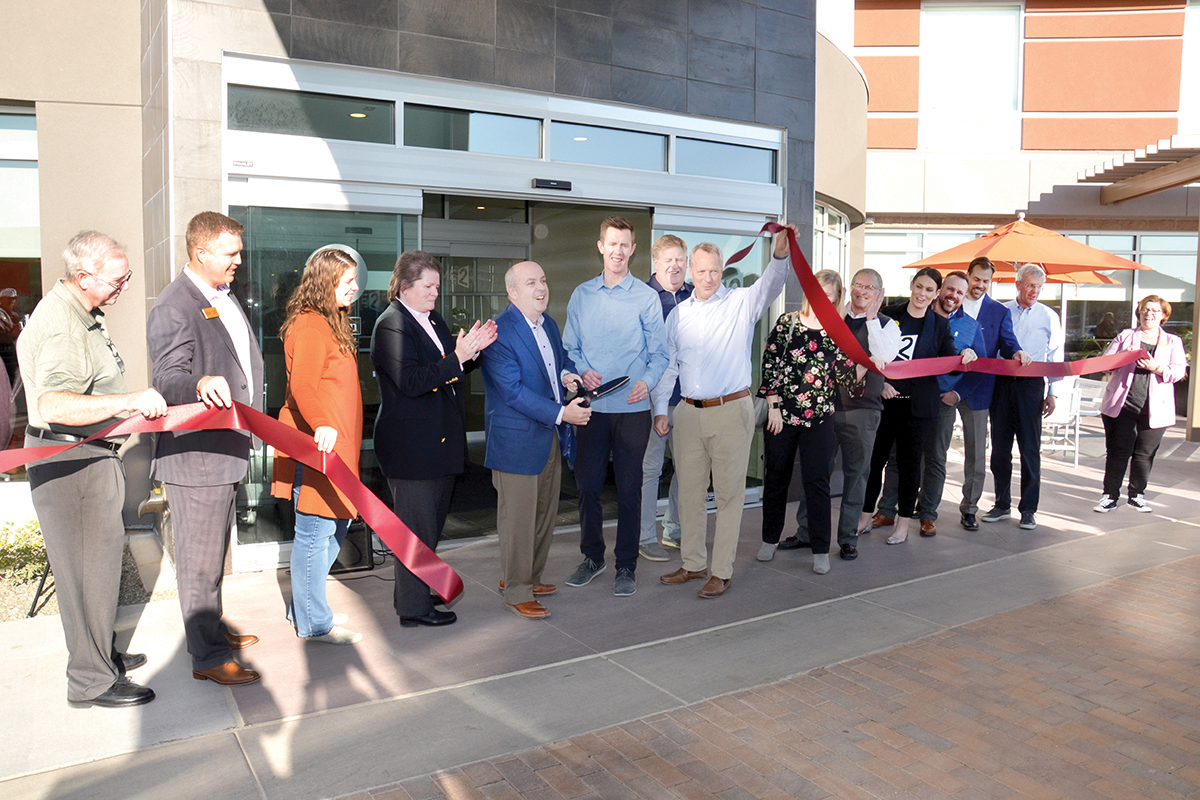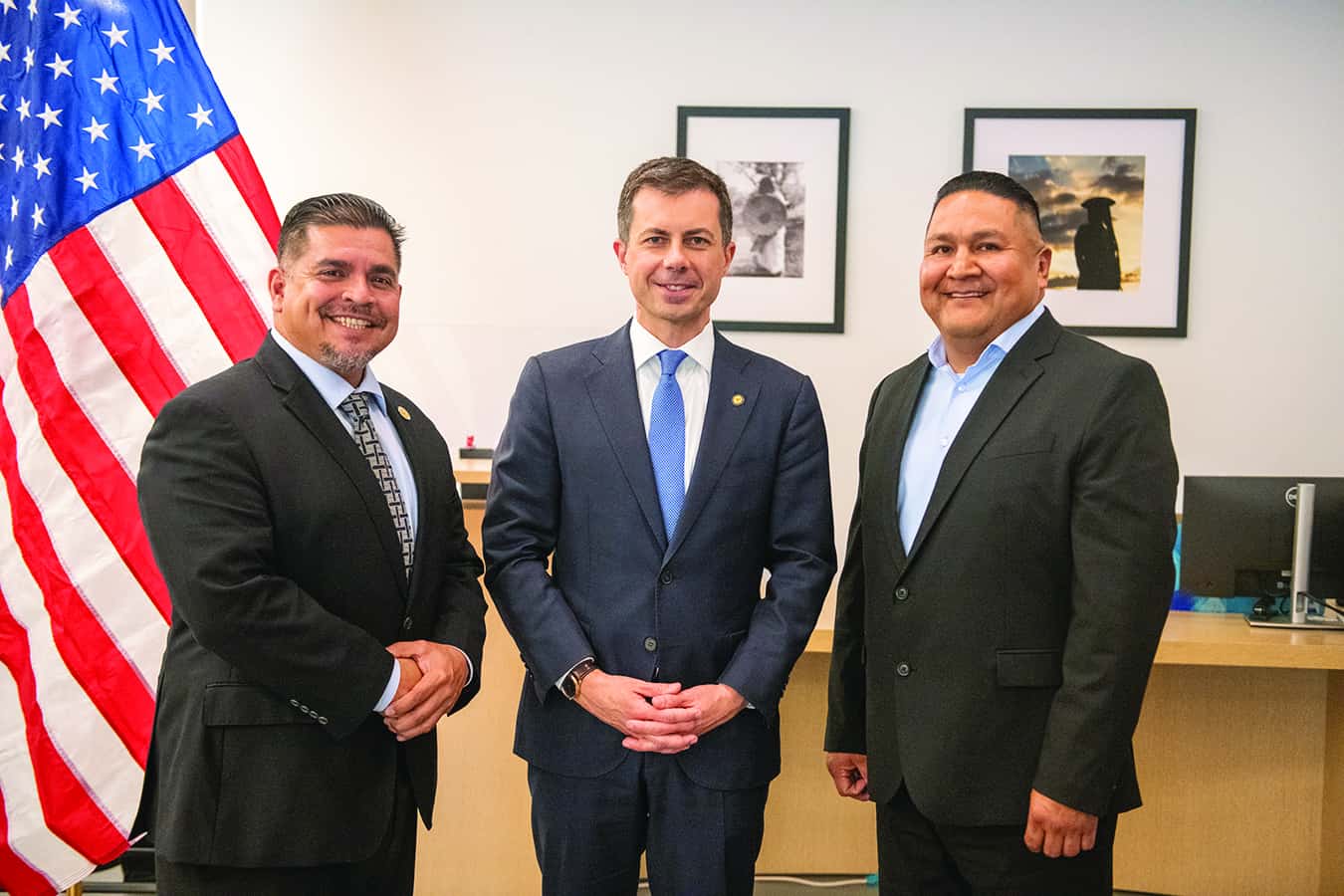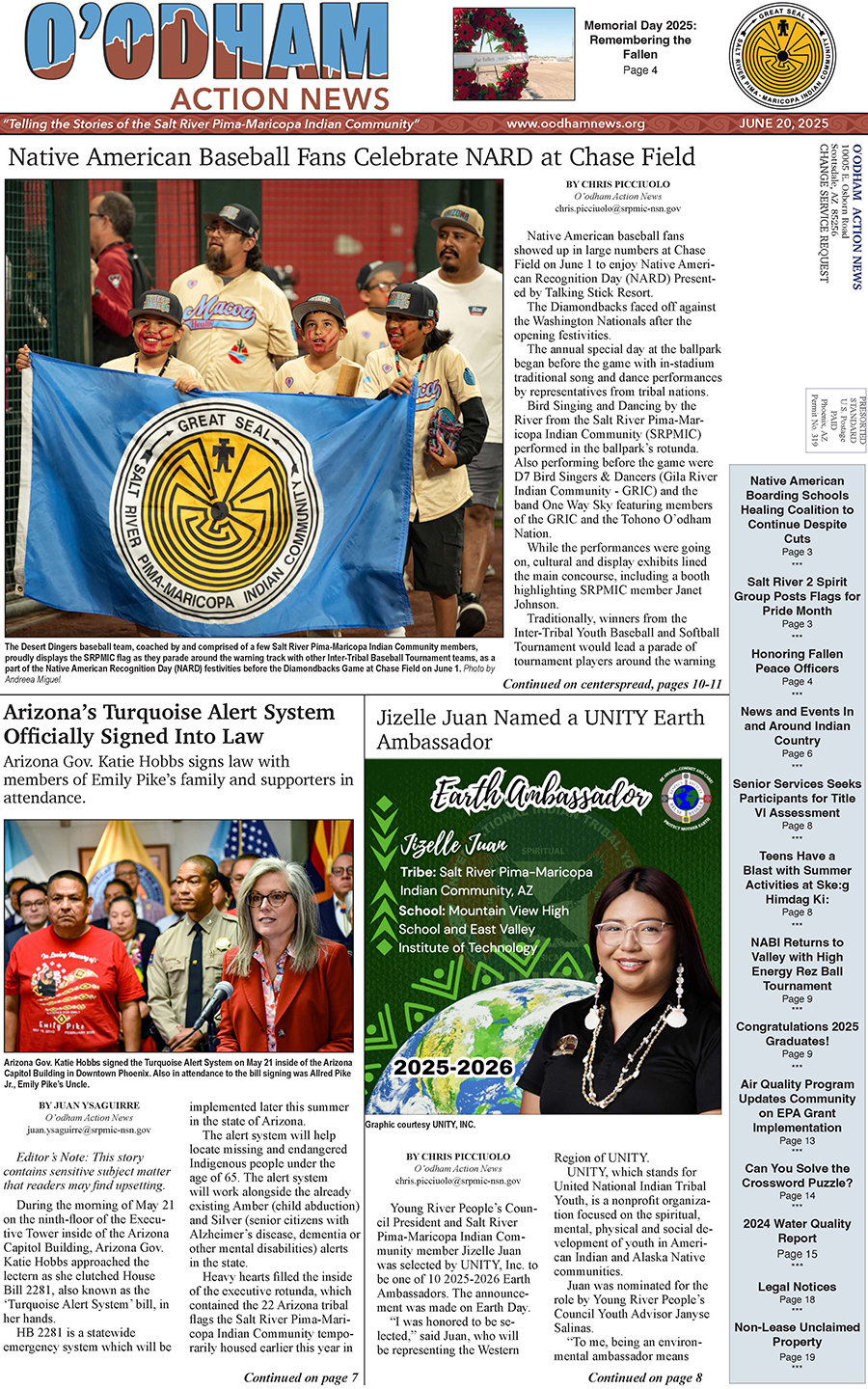VIEWS: 3236
August 18, 2021Monsoons Bring Relief … and Potential Damage
Every year, Arizona’s monsoon season officially kicks off on June 15 and lasts until September 30. This summer’s monsoon has brought plenty of rain and wind to the Salt River Pima-Maricopa Indian Community, which is precipitation that the Valley sorely missed last year. A monsoon thunderstorm can also temporarily lower the temperatures on a very hot summer day. However, the high winds and rainfall can cause property damage and even harm people and animals.
According to monsoon season station climate summaries from the University of Arizona Cooperative Extension’s Climate Science Application Program, from June 15 through August 3 this year, the Phoenix area received precipitation of 1.9 inches. A weather tracker at the Arizona State University Tempe campus shows a total precipitation of 3 inches during that time frame.
On the weekend of July 24 and 25, SRPMIC Emergency Manager Cliff Puckett said that the Community received about 4 inches of rain. Some flooding ensued in certain areas of the Community, and the Emergency Management team was on standby to help any Community members in need.
“Just to put it in perspective, we receive about 8 inches of rain annually. Over that two- or three-day period, we received about half of that,” said Puckett. “That’s why we experienced the flooding we did that weekend.”
Puckett recalled the bad floods in the Community on September 8, 2014. Four inches of rain fell that day, but it fell over a 12-hour period. The rain didn’t have an opportunity to absorb into the ground and be channeled into the water systems.
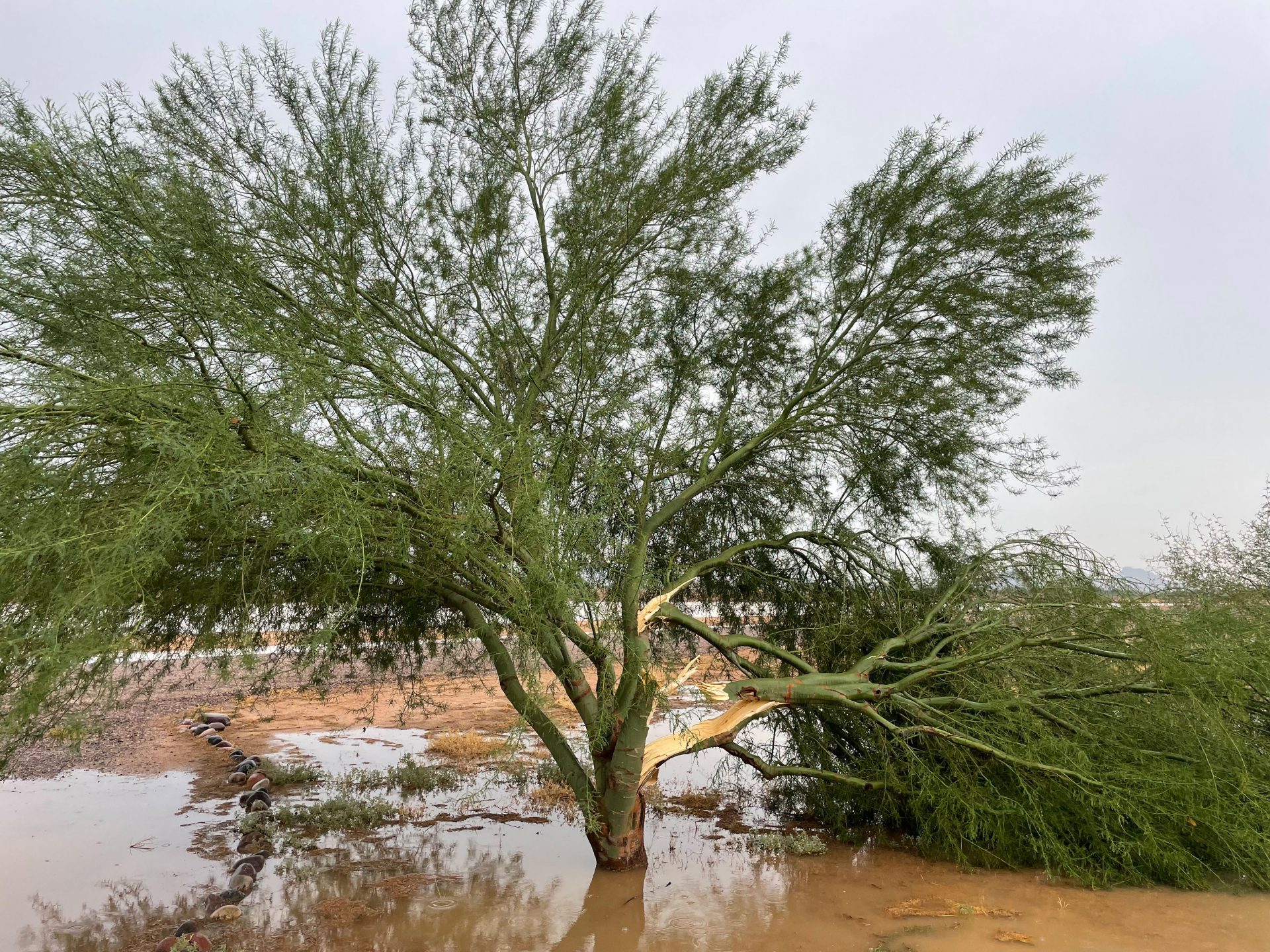
The Community does have an emergency operations plan that guides all of the departments in how to respond to and recover from these large-scale incidents. Each individual department has its own internal plans.
Before the monsoon starts, Puckett said, “We have a kind of ‘monsoon madness’ type of meeting where we bring everyone together and review our roles as well as contact information, to make sure that the same phone numbers and people exist so that we have 24/7 ability to contact each other and implement any emergency procedures that need to take place.”
When these storms have a significant impact, Puckett said that the first stage is to call the Salt River Police/Fire Dispatch alarm room. That will be the central point of contact to collect information and get services that are needed to the residents of the Community.
Heavy winds can cause power outages. If an outage lasts longer than four to six hours and it is hot outside, the Community has access to cooling stations at the Indian School Fire Station or the Lehi Fire Station.
“We basically set up an area where Community members can cool off, get some water and snacks, get information, and we can determine if they need some additional assistance,” Puckett said.
If there aren’t too many Community members affected in total and the power is out or flooding causes damage to a home, the Community can provide temporary lodging. If a lot of people need assistance at once due to a weather emergency, Emergency Management has the ability to set up mass-care shelters at the Community buildings, where larger numbers of people can be accommodated with sleeping arrangements.
Sandbags are available to Community members during a flood emergency at several Salt River Fire Department stations.

